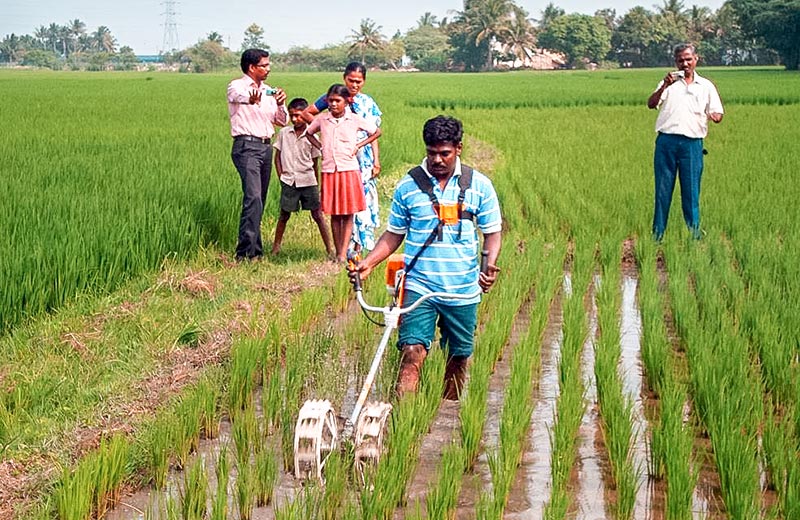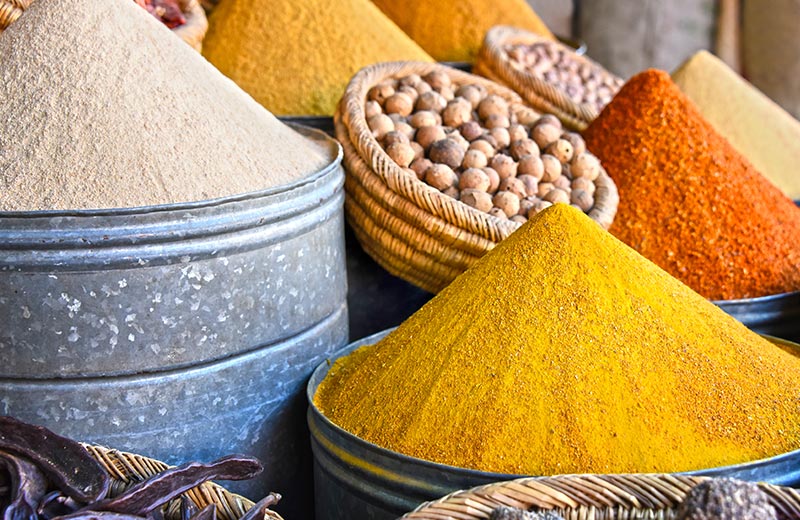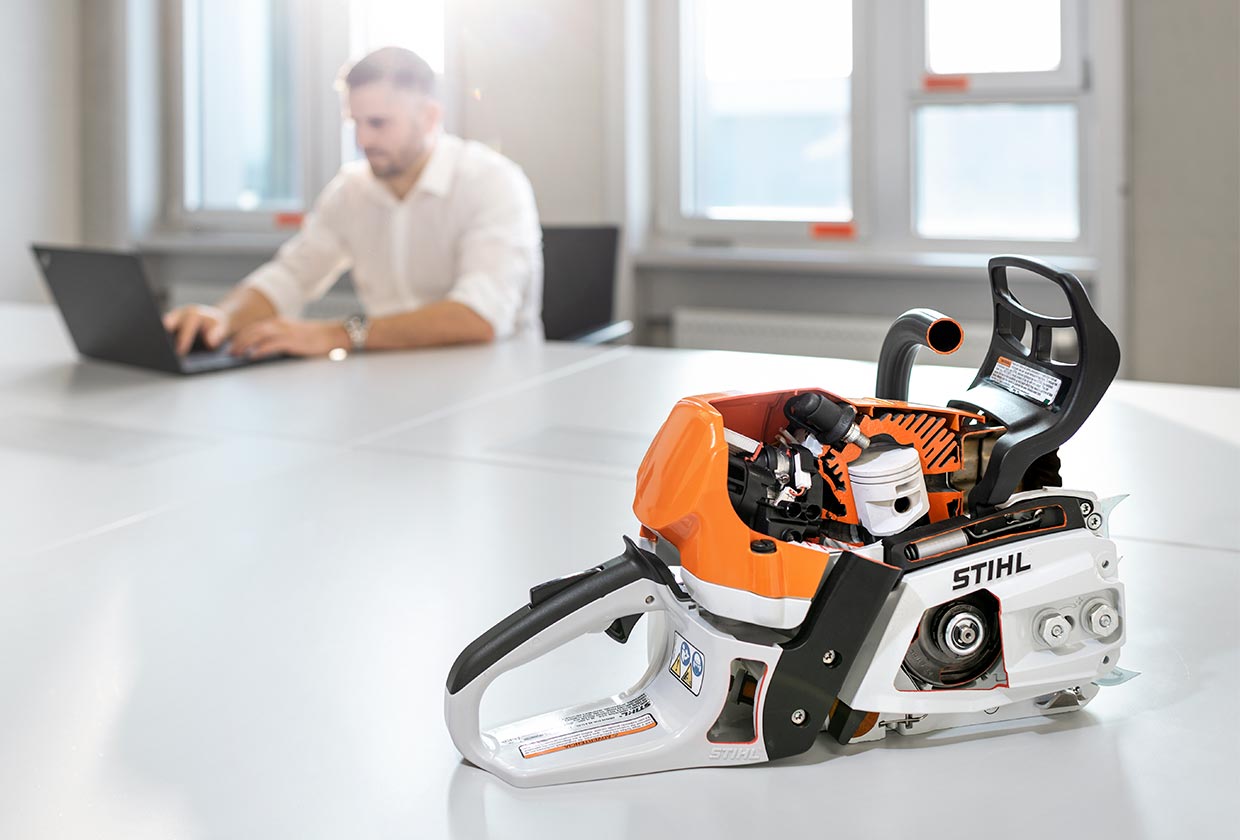India. Just hearing the name conjures up images of fragrant spices and brightly colored saris, the peaks of the Himalayas and the coast of the Indian Ocean. The country’s increasingly mechanized agriculture sector makes it an exciting market, and one that is currently experiencing rapid development and growth. We caught up with Parind Prabhudesai, Managing Director of ANDREAS STIHL Pvt. Ltd., the STIHL sales company in India, to talk about his home country.
Fertile
Ground
India is a land of diversity and spirituality. From the soaring Himalayan mountain range in the north to the sweeping coastline of the south, India is home to many different topographies, soil cultures and forms of land use. The dominant one, though, is agriculture – after all, the people of India have long been known as skilled farmers and merchants. In this country of over 1.3 billion, which is second only to China in population, over 50 percent of people work in agriculture or related fields. Small-scale and subsistence farmers with less than two hectares of land account for 86.2 percent of the total. With the supply of potential workers so large, labor costs are low, which in turn creates substantial drag on growth in this important and highly promising sector of the economy. Mechanization did not really catch on until just recently, for example.
“With its varied topography, India offers a wealth of opportunities for our specialist areas of forestry, agriculture, horticulture and landscaping,” explains Parind Prabhudesai, Managing Director of ANDREAS STIHL Pvt. Ltd. in India. Unlike in Germany, the United States or Scandinavia, Prabhudesai and his team face the challenge that about a third of all Indians live below the poverty line. With purchasing power so low, low-priced products are in high demand. STIHL offers a number of these, such as the STIHL FS 230 clearing saw and STIHL MS 180 chainsaw. Another new item on the market is the STIHL MH 710 power tiller. Also typical of the Indian market are machines for cultivating and harvesting tea, along with robust demand for combination equipment to meet seasonal demand for different tool attachments. “Government subsidies put these items within reach for small farmers,” Prabhudesai explains.
Name-brand products are sought after, as their ruggedness, durability and good results speak for themselves. On top of that, the Indian government only subsidizes certain products, most of them toward the higher end: “The goal is to make sure every farmer has the right machinery to make a living and do their part to contribute to the overall economy.”

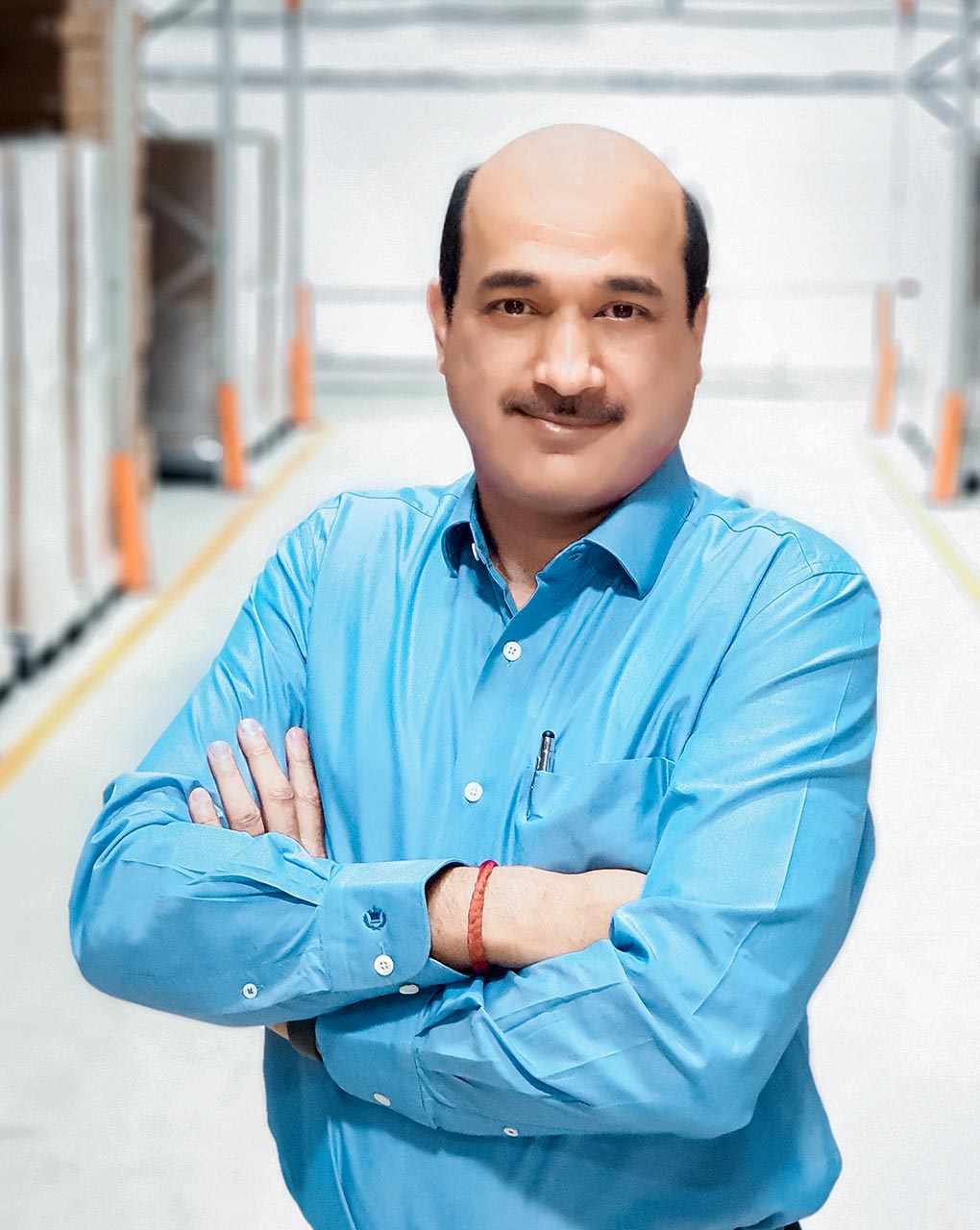
“With STIHL tools, we are successfully supporting the development of the Indian agricultural sector.”
Parind Prabhudesai,Managing Director, ANDREAS STIHL Pvt. Ltd., India
Thanks to the combination of improved technologies and increased mechanization, new irrigation options and government-supported pricing policy, the Indian agricultural sector is now posting growth figures. The STIHL distribution company in India monitors the industry closely and is part of campaigns aimed specifically at farmers. “This is a very exciting and important time for us,” says Prabhudesai. He views the shift currently taking place in the Indian agricultural sector as something of a revolution, a far-reaching change in farmers’ lives and working conditions.
With that in mind, the company is focusing its efforts on more than just selling products. It is also investing in outreach to potential new customers, in hopes that they will see and understand the added value and support that machines and technical aids can bring. That’s why the Indian sales company now operates all over the country. With a roadshow designed specifically for this purpose, “Parivartan Yatra” (Journey of Transformation), STIHL dealers are visiting even remote areas, using videos to explain product applications on- site, holding machine demonstrations in the field and seeking out direct dialog with farmers. “The fact that we work with various agricultural cooperatives also helps us get a larger group of people excited about this subject.” But that isn’t all; the company is also using social media, the Internet, TV, sponsoring of popular sports teams and specially converted vans to get the word out.
ANDREAS STIHL Pvt. Ltd. itself has been based in Pune since 2006. This city in the west of India, just under 150 kilometers away from Mumbai, is known for its educational institutions and IT parks. It is also home to more than 220 German companies. Construction work on a new, state-of-the-art facility in Pune got underway in 2019. The goal of the investment is to help provide training for sales partners and dealers throughout the country to reach more customers on a targeted basis. The company also has three regional offices along with additional warehouse capacity in Delhi, Kolkata and Bangalore, which allow it to offer STIHL products all over India.
A MECHANICAL REVOLUTION
The mechanization of agriculture in India is advancing rapidly, with support from government subsidies. More and more farmers can now afford name-brand products like the STIHL MH 710.
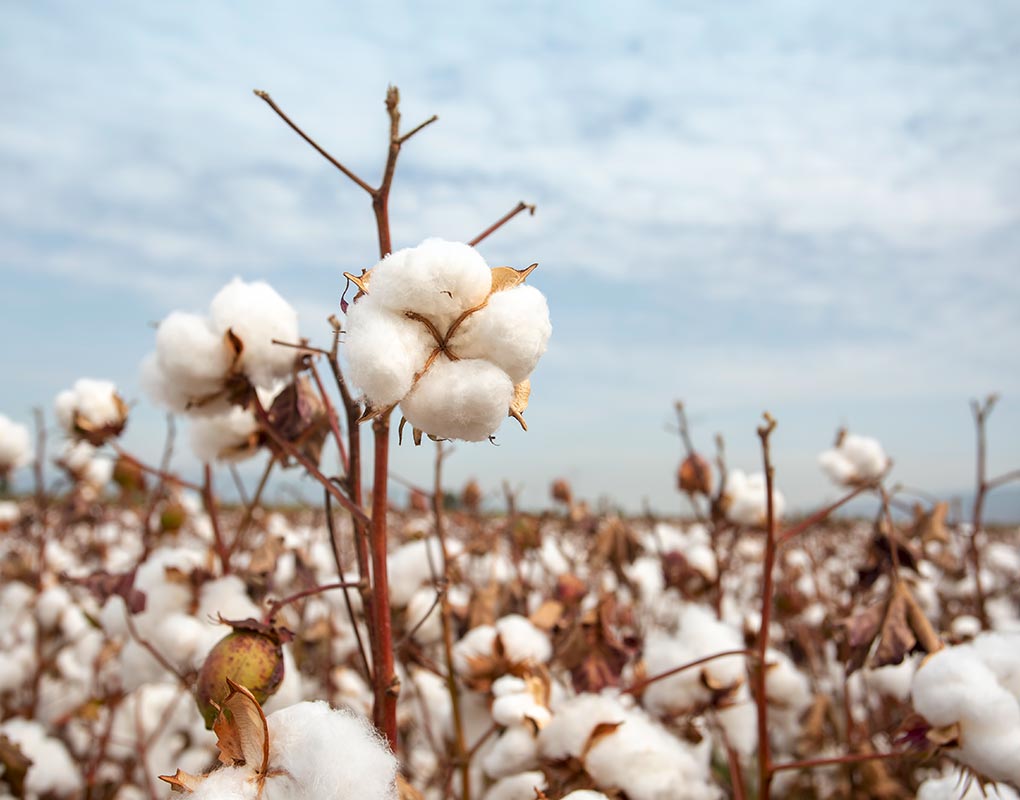

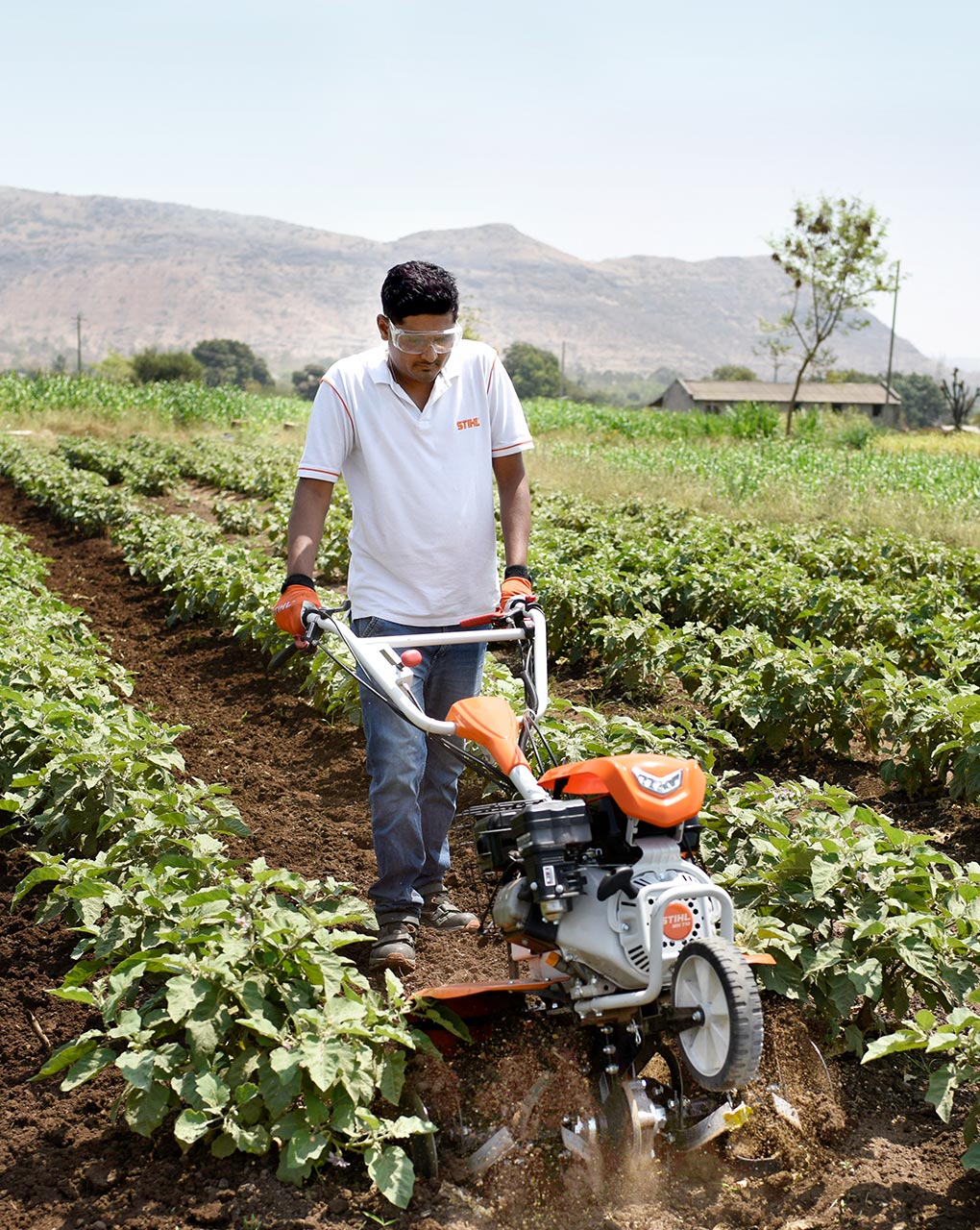
“We know the farmers and the growing conditions, and we know what equipment they need. That’s our advantage.”
Parind Prabhudesai,Managing Director, ANDREAS STIHL Pvt. Ltd., India


Aside from that, there are adjacent training facilities where authorized STIHL dealers can receive training, and direct contact with customers is possible. In addition to construction and structural development, Prabhudesai has always been highly interested in the results of market research, which he uses to build as much knowledge as possible regarding his customers’ needs and concerns. Various studies have helped to launch products and identify areas with potential for expansion of the company’s sales and distribution network. “We know the farmers and the growing conditions, and we know what equipment they need. That’s our advantage,” he says.
The STIHL Group puts that advantage to work across the entire production alliance. Knowledge of the specific needs and concerns of farmers in India and of the demand for low-priced, robust and yet high-quality tools there informs development activities at ANDREAS STIHL in Germany. The result is a product range aimed specifically at the requirements in emerging markets. The tools are capable, price-conscious, robust, versatile and easy to repair, even by owners themselves. Products developed with a great deal of understanding of the Asian market as a whole, such as the STIHL FS 230 clearing saw and STIHL BC 230 cultivator, are produced at ANDREAS STIHL Power Tools in Qingdao, China. “We’ve won over customers in India with this product range, based on the skill and expertise of the entire STIHL Group.”
